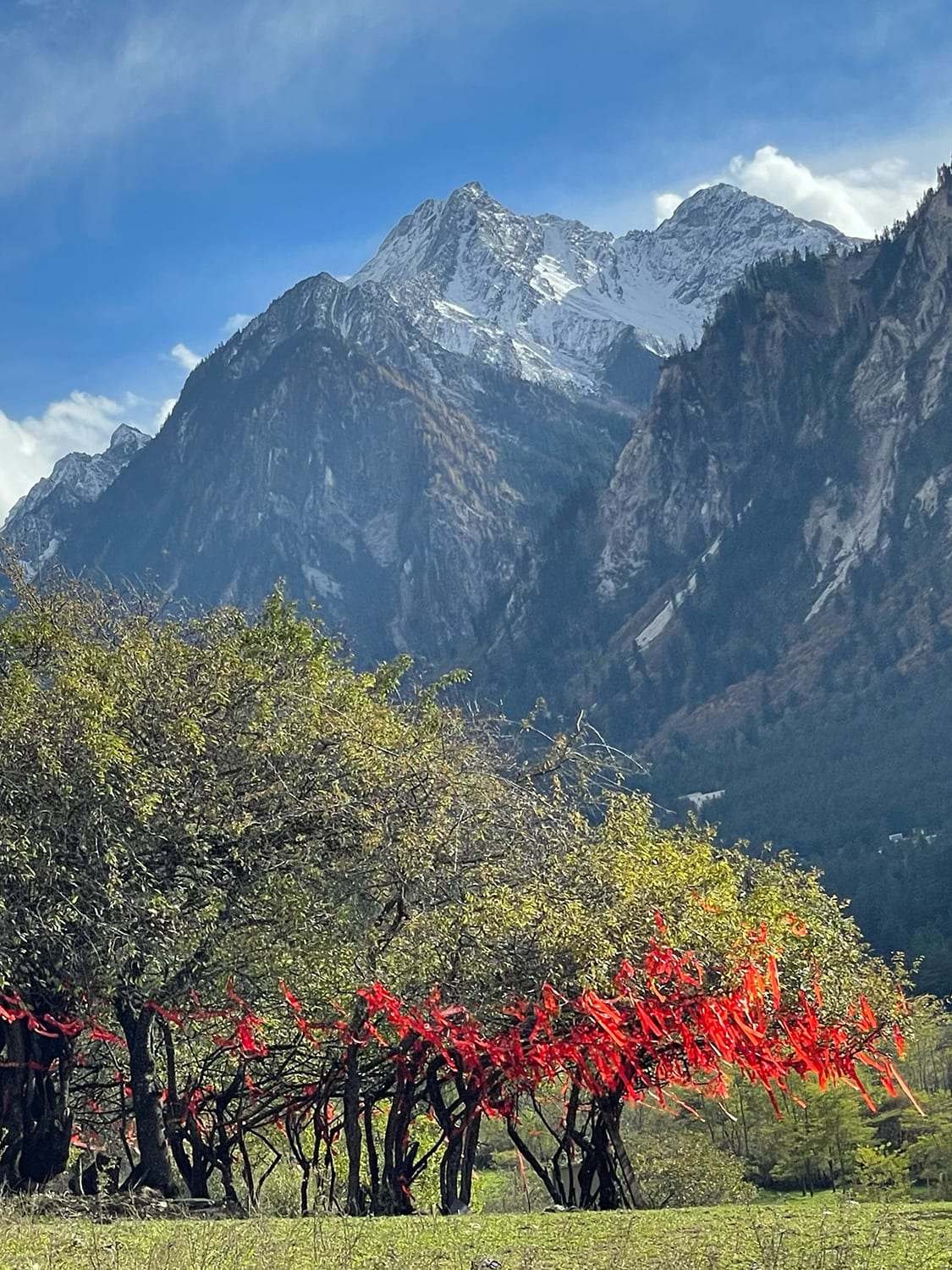
The Diverse Flora of Jiuzhaigou National Park
Jiuzhaigou National Park, a UNESCO World Heritage site in Sichuan, China, is renowned for its stunning landscapes of turquoise lakes, cascading waterfalls, and verdant forests. This natural wonder also harbors a rich diversity of plant life, making it a treasure trove for botanists and nature enthusiasts alike.
Plant Diversity and Distribution
The park's varied topography, ranging from lush valleys to rugged mountains, supports a wide spectrum of plant communities. From dense bamboo forests to alpine meadows, Jiuzhaigou boasts over 2,000 plant species, including ferns, conifers, and flowering plants.
The distribution of these plants is largely determined by altitude:
- Low Altitude (Below 2,500m): This zone is characterized by mixed coniferous and broadleaf forests, dominated by species like the Chinese hemlock, Armand pine, and various oak and maple trees.
- Mid Altitude (2,500m - 3,500m): As elevation increases, coniferous forests become more prevalent, with fir, spruce, and larch trees dominating the landscape. Rhododendrons, with their vibrant blooms, add splashes of color to the understory.
- High Altitude (Above 3,500m): This alpine zone features meadows and shrublands, with hardy species like gentians, saxifrages, and various grasses adapted to the harsh conditions.
Protected and Endemic Species
Adding to its ecological significance, Jiuzhaigou is home to a remarkable number of protected plant species. In fact, 74 species within the park are designated as nationally protected, highlighting the area's conservation importance.
| Protection Level | Species | Description |
|---|---|---|
| National First-Class Protected Plants | Ginkgo (Ginkgo biloba) | An ancient tree species with distinctive fan-shaped leaves, known for its medicinal properties. |
| Chinese Yew (Taxus chinensis) | A conifer species prized for its slow-growing, rot-resistant wood and the medicinal properties of its bark. | |
| David's Yew (Taxus chinensis var. mairei) | A variety of Chinese Yew, known for its unique drooping branches and also valued for its medicinal properties. | |
| National Second-Class Protected Plants |
|
These species represent a diverse range of plants, each with unique ecological and/or cultural importance. |
The park also harbors several endemic plant species, meaning they are found nowhere else in the world. These species have evolved in isolation, adapting to the unique environmental conditions of Jiuzhaigou.
Importance and Conservation
The diverse flora of Jiuzhaigou National Park plays a vital role in maintaining the ecological integrity of the region. Plants provide habitat and food for a wide array of wildlife, including endangered species like the giant panda and golden snub-nosed monkey. Moreover, they contribute to regulating water cycles, preventing soil erosion, and absorbing carbon dioxide from the atmosphere.
Preserving this botanical treasure trove requires ongoing conservation efforts. Jiuzhaigou National Park has implemented measures to protect its flora, including:
- Strict regulations against logging, grazing, and plant collection.
- Research and monitoring programs to track plant populations and identify potential threats.
- Educational initiatives to raise public awareness about the importance of plant conservation.
By safeguarding its rich plant life, Jiuzhaigou National Park ensures that future generations can continue to marvel at the beauty and ecological wonders of this extraordinary place.
FAQs
What is the best time to see wildflowers in Jiuzhaigou?
Spring and early summer (May to June) are typically the best times to witness the vibrant blooms of wildflowers, particularly rhododendrons, in Jiuzhaigou.
Are there guided tours focused on the flora of Jiuzhaigou?
Yes, the park offers guided tours led by knowledgeable naturalists who can provide insights into the diverse plant life of the region.
Can I collect plant specimens in Jiuzhaigou National Park?
No, collecting any plants or other natural materials within the park is strictly prohibited. This measure helps protect the delicate ecosystem and ensures its preservation for future generations.
note: This return of all, without the author's permission, may not be reproduced